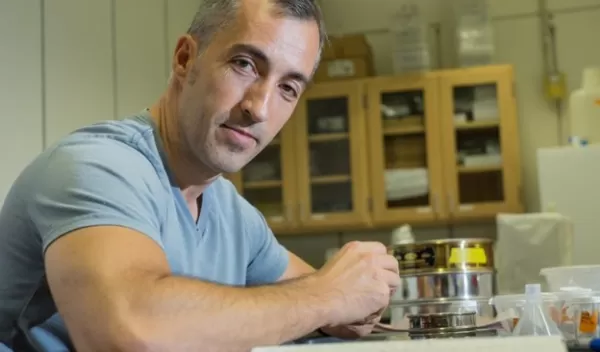
Scientists create model to predict multi-pathogen epidemics
Diseases often pile on, co-infecting people and other animals already fighting an infection. In one of the first studies of its kind, bioscientists at Rice University and the University of Michigan have shown that interactions between pathogens in individual hosts can predict the severity of multi-pathogen epidemics.
In lab experiments, the National Science Foundation-funded researchers explored how the timing of bacterial and fungal infections in individual zooplankton impacted the severity of bacterial and fungal epidemics in their populations. The study, published in Proceedings of the Royal Society B, showed that the order of infections in individual hosts can change the course of an epidemic.
"It's well known that the way parasites and pathogens interact within hosts can alter disease transmission, but the question has been, 'What information do we need about those interactions to predict the severity of an epidemic?'" said corresponding author Patrick Clay at the University of Michigan.
"What we showed is that we need to understand how infection order alters within-host interactions," he said. "Then we can predict how changes in the timing of an epidemic relative to co-occurring epidemics alter severity."
The research does not apply to the coronavirus. "This applies to situations where multiple epidemics are simultaneously occurring and where the co-occurring pathogens interact within hosts," said study co-author Volker Rudolf of Rice University. "There is no data to suggest that this is the case for COVID-2019."
Co-infections are common in humans and in wildlife populations, and because they are difficult to study, much is still unknown about how they alter epidemic dynamics, Rudolf said.
"Disease biology and epidemiology have historically focused on one-on-one interactions: one pathogen, one host," he said. "However, scientists increasingly recognize that diseases don't exist in a vacuum. In reality, diverse communities of parasites and pathogens are out there, and they interact with each other. This study emphasizes a holistic, community approach to studying infectious diseases."
Added Sam Scheiner, a program director in NSF's Division of Environmental Biology, "This important study reveals possible new complications of disease transmission."


